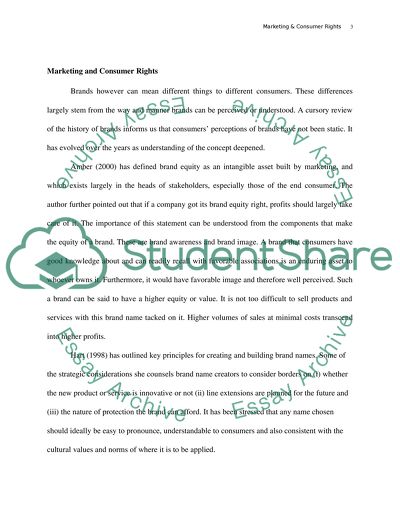Cite this document
(Services Marketing Term Paper Example | Topics and Well Written Essays - 2250 words, n.d.)
Services Marketing Term Paper Example | Topics and Well Written Essays - 2250 words. Retrieved from https://studentshare.org/marketing/1532080-marketing-and-consumer-rights
Services Marketing Term Paper Example | Topics and Well Written Essays - 2250 words. Retrieved from https://studentshare.org/marketing/1532080-marketing-and-consumer-rights
(Services Marketing Term Paper Example | Topics and Well Written Essays - 2250 Words)
Services Marketing Term Paper Example | Topics and Well Written Essays - 2250 Words. https://studentshare.org/marketing/1532080-marketing-and-consumer-rights.
Services Marketing Term Paper Example | Topics and Well Written Essays - 2250 Words. https://studentshare.org/marketing/1532080-marketing-and-consumer-rights.
“Services Marketing Term Paper Example | Topics and Well Written Essays - 2250 Words”, n.d. https://studentshare.org/marketing/1532080-marketing-and-consumer-rights.


